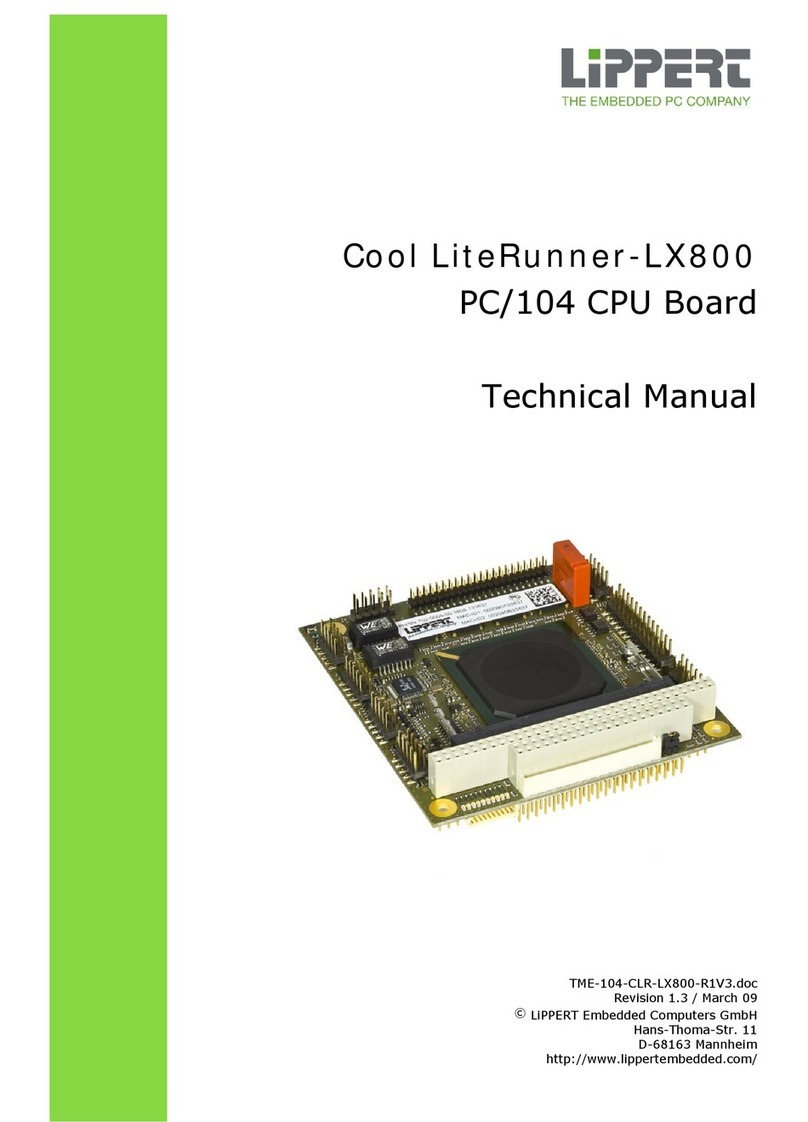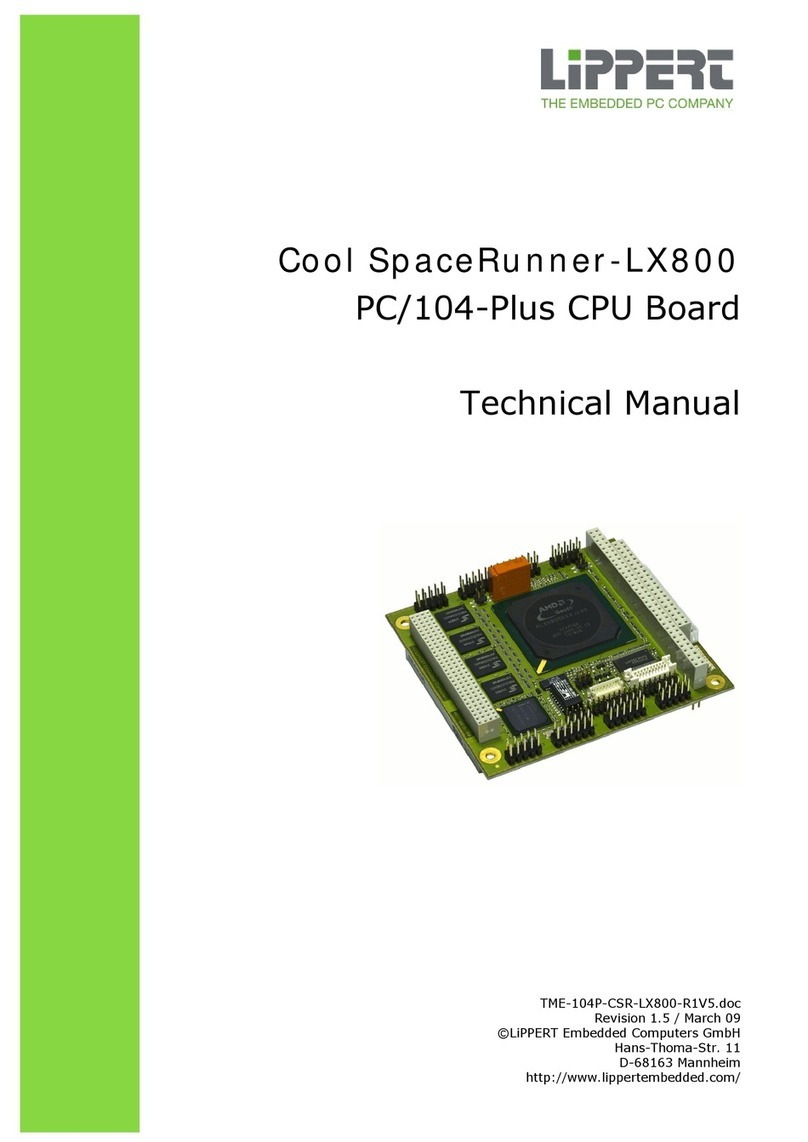TME-104P-CSR-LX800-R1V11.doc Rev 1.11 ii
3.5 Ethernet Controller..................................................................................... 18
Ethernet Interface ........................................................................................18
3.6 On Board Power Supply .............................................................................. 19
Power Connector ........................................................................................19
3.7 EIDE Port ................................................................................................ 20
EIDE Connector ..........................................................................................20
3.8 PS/2 Interface .......................................................................................... 21
Keyboard and Mouse Connector .....................................................................21
3.9 USB 2.0 Ports .......................................................................................... 21
USB 2.0 Connector 0....................................................................................22
USB 2.0 Connector 1/2/3...............................................................................22
3.10 Serial Ports.............................................................................................. 23
COM1/2 Connector......................................................................................23
RS485-Termination Jumpers ..........................................................................24
3.11 Parallel Port LPT ....................................................................................... 24
LPT Connector ...........................................................................................25
3.12 Speaker.................................................................................................. 26
3.13 External Power-Button ................................................................................ 26
3.14 Reset-In Signal ......................................................................................... 27
3.15 Internal Battery ......................................................................................... 27
3.16 External Battery ........................................................................................ 27
3.17 PC/104-Plus Bus Interface ........................................................................... 28
PC/104 Plus Bus Connector ...........................................................................29
3.18 PC/104 Bus Interface ................................................................................. 30
PC/104 Bus Connector .................................................................................30
3.19 BIOS Recovery ......................................................................................... 31
4Using the Module 32
4.1 Watchdog ............................................................................................... 32
4.2 LEMT functions......................................................................................... 32
4.3 BIOS...................................................................................................... 33
Battery Jumper ...........................................................................................33
Configuring the XpressROM BIOS ....................................................................33






























